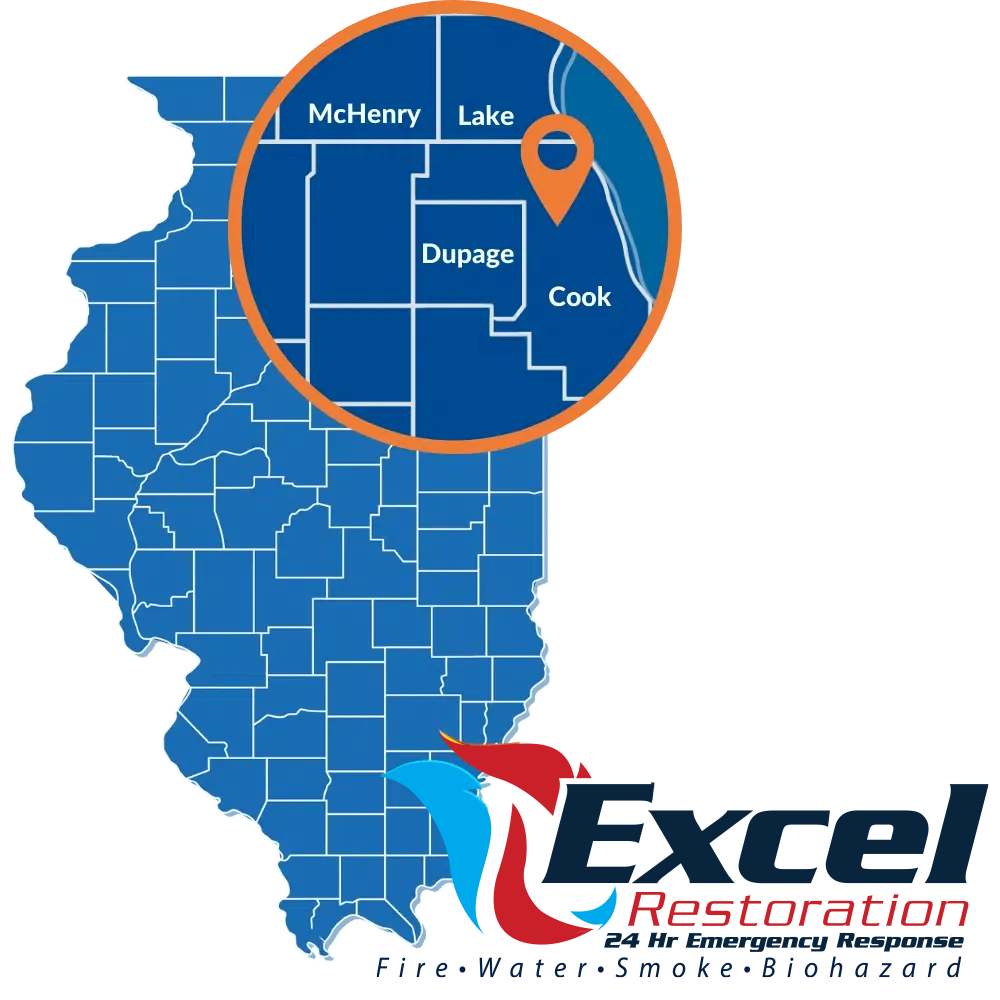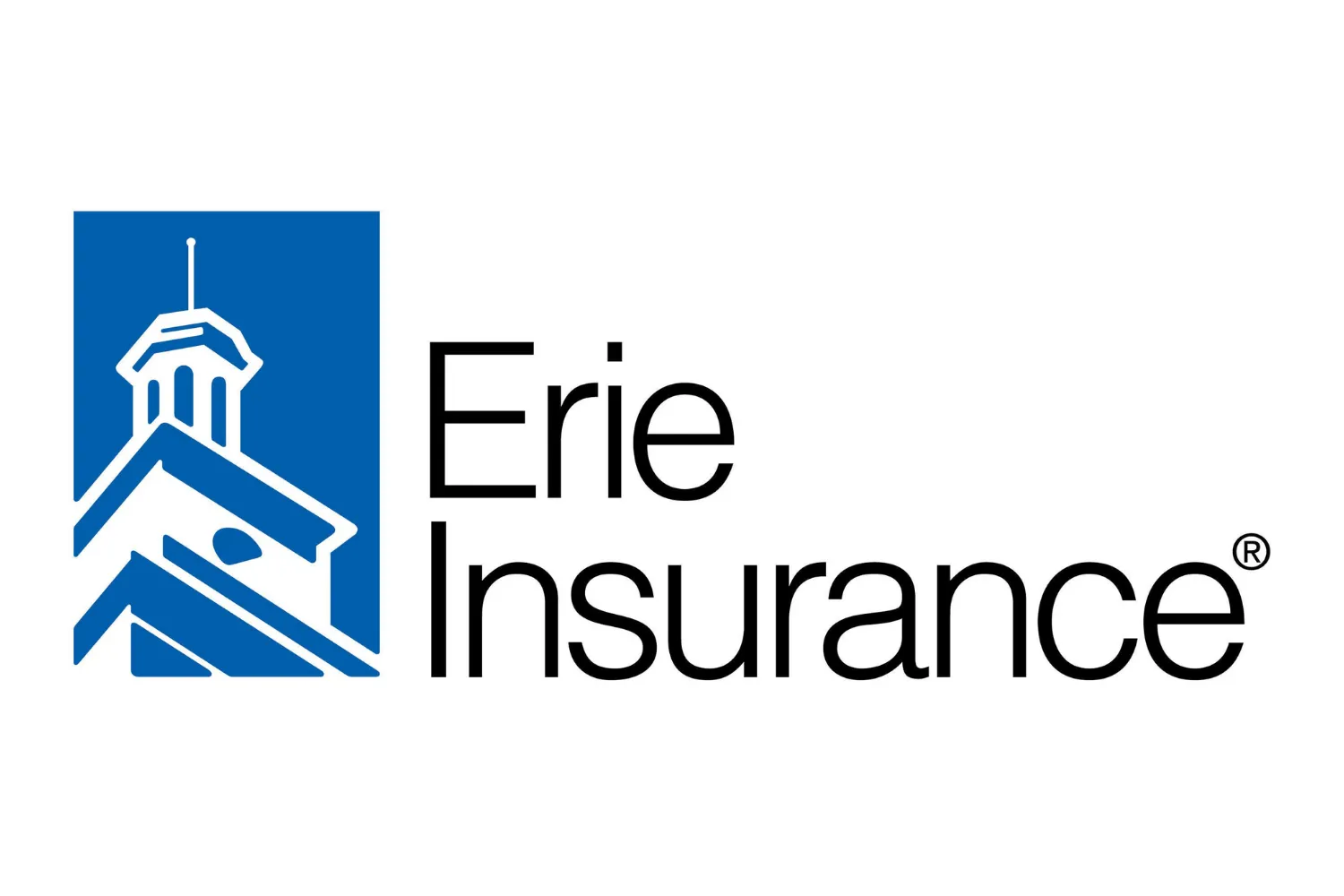When it comes to water damage, it’s crucial to know what not to do. Making mistakes during the water damage restoration process can lead to further damage and costly repairs. By understanding the common pitfalls to avoid, you can protect your home from extensive water damage.
In this section, we will discuss the water damage mistakes you should steer clear of. By following these guidelines, you can ensure a smoother restoration process and minimize the impact on your home. Let’s dive in!
Key Takeaways:
- Knowing what not to do is crucial in preventing further damage to your home from water damage.
- Acting quickly is essential when mitigating water damage to minimize the impact.
- Avoid attempting DIY repairs for water damage and seek professional help instead.
- Proper water extraction and thorough drying techniques are vital in preventing mold growth and structural damage.
- Hidden water damage should not be ignored; it can lead to severe problems if left unaddressed.
Don’t Delay: Act Quickly to Mitigate Water Damage.
When it comes to water damage, time is of the essence. Acting quickly is crucial to mitigate the extent of the damage and prevent further complications. Whether it’s a burst pipe, a leaking roof, or a flooded basement, taking immediate action is necessary to minimize the impact on your property. Delaying the response can lead to more severe structural damage, mold growth, and increased repair costs.
Water damage can spread rapidly, seeping into walls, floors, and other porous materials, causing them to weaken and deteriorate over time. Acting promptly allows you to stop the water source and begin the restoration process, reducing the risk of long-term issues.
So, what steps should you take to act quickly and mitigate water damage effectively?
- Identify the source: Determine the cause of the water damage and try to stop it if possible. Go through your property and locate any leaking pipes, broken appliances, or other potential sources of water.
- Turn off the water supply: In cases where the water damage is caused by a burst pipe or overflowing appliance, it is essential to shut off the main water supply to prevent further water flow.
- Remove standing water: If there is standing water in your property, use a wet/dry vacuum or a sump pump to extract it. Be cautious while doing so, as water may contain contaminants.
- Document the damage: Take photos or videos of the affected areas before initiating any cleanup or restoration. This documentation will be useful for insurance claims.
- Call a water damage restoration professional: While you may be tempted to handle the cleanup yourself, it is recommended to enlist the help of professionals. They have the expertise, equipment, and knowledge to assess the extent of the damage and mitigate it effectively.
By acting quickly and following these steps, you can minimize the impact of water damage on your property. Remember, time is of the essence, so don’t delay in taking action when faced with water damage.
| Benefits of Acting Quickly: |
|---|
| Prevents further damage to your property |
| Reduces the risk of mold growth |
| Saves time and money on repairs |
| Preserves the structural integrity of your home |
Avoid Trying to Fix Water Damage Yourself.
When faced with water damage in your home, it’s natural to want to take matters into your own hands. However, attempting to fix water damage yourself can lead to unforeseen complications and further damage to your property. It’s important to understand the risks involved and why it’s best to leave the repairs to the professionals.
Water damage can be deceptive, and the extent of the damage may not always be immediately apparent. Without the proper knowledge and equipment, DIY repairs may only address the surface-level issues while underlying problems persist.
- Improper repairs can result in the growth of mold and mildew, posing health risks to you and your family.
- DIY repairs may not effectively prevent future water damage, leaving your home vulnerable to recurring issues.
- Using incorrect techniques or materials can cause further damage to your property, resulting in additional expenses.
By seeking professional help for water damage repairs, you can ensure that the job is done correctly and efficiently. Professionals have the expertise and tools necessary to assess the extent of the damage, identify hidden issues, and provide comprehensive solutions.
So, when faced with water damage, resist the temptation to tackle it on your own. Instead, trust the professionals to fix the damage and restore your home to its pre-damaged condition.
| Risks of DIY Water Damage Repairs | Benefits of Professional Water Damage Restoration |
|---|---|
| Potential health hazards: Incorrect repairs can lead to mold growth and indoor air quality issues. | Expert knowledge and experience: Professionals understand the complexities of water damage and can provide effective solutions. |
| Ineffective repairs: DIY methods may only address surface-level damage, leaving underlying issues unresolved. | Thorough assessment: Professionals can identify hidden damage and address it before it leads to further complications. |
| Increased expenses: Incorrect repairs can cause additional damage, resulting in higher repair costs. | Quick and efficient restoration: Professionals have the tools and equipment to restore your property efficiently. |
Don’t Neglect Proper Water Extraction and Drying.
When dealing with water damage, one of the most critical steps is proper water extraction and drying. Neglecting this crucial process can lead to long-term problems, such as mold growth and structural damage. To prevent further issues and ensure effective restoration, it’s essential to understand the importance of thorough water extraction and implement proper drying methods.
Thorough Water Extraction:
To start the water damage restoration process, it’s crucial to remove all excess water from your property. This requires specialized equipment, such as pumps, vacuums, and dehumidifiers. Thorough water extraction eliminates the source of moisture, reducing the risk of mold growth and further damage to your home’s structure.
Effective Drying Methods:
Once the excess water is removed, proper drying methods must be employed. This involves using industrial-grade air movers and dehumidifiers to circulate air and reduce humidity levels. Adequate ventilation and drying time are essential to ensure all affected areas, including walls, flooring, and furniture, are thoroughly dried.
By following these proper drying methods, you can prevent the growth of mold and mildew, which not only pose health risks but also cause additional damage to your property. Thorough water extraction and effective drying techniques are essential for a successful water damage restoration process.
Proper water extraction and drying methods are vital in preventing mold growth and structural damage. By ensuring all excess water is removed and implementing effective drying techniques, you can minimize the extent of the damage and restore your home to its pre-damaged condition.
Avoid Ignoring Hidden Water Damage.
Hidden water damage is a silent menace that can wreak havoc on your home if left undetected. While visible water damage may catch your attention, it’s the hidden leaks and moisture that pose the greatest threat. Ignoring these signs can lead to severe problems down the line, including mold growth, structural damage, and compromised indoor air quality.
So, how do you identify signs of hidden water damage? Pay attention to the following clues:
- Musty Odor: A persistent musty smell can indicate the presence of hidden water damage. It’s often a sign of mold growth, which thrives in damp environments.
- Mold or Mildew: Discovering mold or mildew in areas that are typically moist, such as bathrooms, basements, or under sinks, could indicate hidden water damage.
- Stains on Walls or Ceilings: Discoloration, peeling paint, or watermarks on walls or ceilings may be a result of underlying water damage.
- Warped or Buckled Flooring: If your floors appear swollen, warped, or have started to buckle, it can indicate the presence of water damage.
- Excess Humidity: Excessive humidity levels in your home can be a sign of hidden water damage. Condensation on windows or a general feeling of dampness should not be ignored.
It’s crucial to address hidden water damage promptly to prevent further deterioration and costly repairs. Taking action at the first sign of trouble can save you time, money, and ensure the safety of your home and family.
When faced with hidden water damage, consult a professional restoration service provider experienced in dealing with these issues. They have the expertise and tools to detect, assess, and mitigate hidden leaks and water damage effectively.
Remember, addressing hidden water damage is not only about fixing the visible signs; it’s about preventing future problems. By being proactive and vigilant in identifying and addressing hidden water damage, you can protect your home and maintain its value for years to come.
Don’t Forget to Identify and Repair the Source of Water Damage.
Simply addressing the visible water damage is not enough. To effectively prevent future incidents, it is crucial to identify and repair the source of water damage. By doing so, you can mitigate the risk of further damage and ensure a long-term solution.
When water damage occurs, it is important to determine the exact source of the problem. It could be a leaky pipe, a damaged roof, a malfunctioning appliance, or even poor drainage. Identifying the source allows you to address the underlying issue and prevent the same problem from recurring.
To identify the source of water damage, carefully inspect your property. Look for signs of water stains, dampness, or mold growth. Pay attention to areas prone to water damage, such as basements, bathrooms, and kitchens. If you are unable to locate the source on your own, consider hiring a professional to conduct a thorough assessment.
Once the source has been identified, it is crucial to take immediate action to repair it. Depending on the nature of the problem, you may need to enlist the help of a plumber, roofer, or other specialized professionals. Remember, addressing the source of water damage is essential in preventing future incidents and safeguarding your home.
By promptly identifying and repairing the source of water damage, you can minimize the risk of further damage, protect your property, and ensure a safer living environment. Don’t overlook this critical step in the water damage restoration process.
^(Keywords: identify water damage source, repair water damage source)^
Avoid Neglecting the Importance of Professional Restoration Services.
When it comes to water damage restoration, hiring professional restoration services is not just a luxury but a necessity. Trying to handle the restoration process on your own can lead to further damage and costly repairs in the long run. Here are the key reasons why it is crucial to seek professional help:
- Professionals have the expertise and experience: Water damage restoration requires specialized knowledge and skills. Professional restoration services have a team of trained experts who understand the complexities of water damage and know how to address them effectively. They have the necessary equipment and techniques to tackle the restoration process efficiently.
- Quick response and mitigation: Time is of the essence in water damage restoration. Professionals understand the importance of acting quickly to mitigate the damage and prevent further issues like mold growth and structural damage. They have the resources to start the restoration process immediately, minimizing the extent of the damage and reducing the overall cost of repairs.
- Thorough assessment and comprehensive restoration: Professional restoration services conduct a thorough assessment of the affected area to identify all areas of damage. They have a systematic approach to restore your property to its pre-damage condition, leaving no room for hidden damage that can cause problems in the future. Their attention to detail ensures a complete restoration process.
- Safe and efficient restoration: Water damage restoration involves handling potentially hazardous situations, such as contaminated water or structural instability. Professional restoration services prioritize safety and have the necessary precautions in place to protect both you and your property. They follow industry standards and regulations to ensure a safe and efficient restoration process.
Don’t make the mistake of neglecting the importance of professional restoration services. By hiring experts in water damage restoration, you can have peace of mind knowing that your property is in capable hands.
Whether it’s a burst pipe, a flooded basement, or any other water damage situation, professional restoration services are equipped to handle it all. Don’t hesitate to reach out to experienced professionals when disaster strikes. Your prompt action can save you time, money, and unnecessary stress in the long run.
Conclusion
In conclusion, when it comes to dealing with water damage, knowing what not to do is essential for protecting your home and minimizing the extent of the damage. By avoiding common mistakes and following the right steps, you can ensure a successful water damage restoration process.
Acting quickly is crucial when faced with water damage. Time is of the essence in mitigating further damage and preventing the growth of mold and other issues. Therefore, it is important to prioritize immediate action.
While it may be tempting to try fixing water damage yourself, it is best to leave it to the professionals. DIY repairs can lead to additional complications and potentially worsen the damage. Seeking professional help ensures that the restoration process is carried out properly and efficiently.
In addition to acting promptly and seeking professional assistance, focusing on proper water extraction and drying is crucial. Thoroughly extracting water and implementing effective drying methods are necessary to prevent mold growth, structural damage, and other long-term issues.
Furthermore, it is important not to overlook hidden water damage. Hidden leaks and unnoticed areas of damage can cause significant problems if left unaddressed. Identifying signs of hidden water damage and promptly addressing them is crucial for preventing further damage to your home.
Lastly, don’t forget to identify and repair the source of the water damage. Simply addressing the visible damage is not enough. Identifying and resolving the root cause of the water damage ensures that future incidents can be avoided, saving you from potential reoccurring damage.
By following these recommendations and relying on professional restoration services, you can successfully navigate through water damage situations and protect your home. Remember, acting quickly, avoiding DIY repairs, focusing on proper extraction and drying, addressing hidden damage, repairing the source, and relying on professional restoration services are key to a successful water damage restoration process.
FAQ
What are some common water damage mistakes to avoid?
It is essential to avoid delaying action, trying to fix water damage yourself, neglecting proper water extraction and drying, ignoring hidden water damage, and neglecting the importance of professional restoration services.
Why is it important to act quickly to mitigate water damage?
Acting promptly is crucial in preventing further damage to your home. The longer water damage is left unaddressed, the more extensive and costly the repairs can become.
Why should I avoid trying to fix water damage myself?
Fixing water damage yourself can be risky and may lead to inadequate repairs, further damage, and potential health hazards. It is best to leave water damage repairs to professionals with the right expertise and equipment.
Why is proper water extraction and drying important?
Proper water extraction and drying methods are vital in preventing mold growth, structural damage, and additional moisture-related issues. Thoroughly drying the affected areas helps minimize the risk of long-term damage and health concerns.
How can hidden water damage affect my home?
Hidden water damage, such as hidden leaks or moisture buildup, can lead to structural problems, mold growth, and compromised indoor air quality. Identifying and addressing hidden water damage promptly is crucial to prevent further damage and health risks.
Why is it important to identify and repair the source of water damage?
Addressing the visible water damage without fixing the source can result in recurring issues and further damage. By identifying and repairing the source of water damage, you can prevent future incidents and protect your home from additional water damage.
What are the benefits of professional restoration services?
Hiring professional restoration services ensures comprehensive and efficient water damage restoration. Experts have the necessary knowledge, experience, and equipment to handle the restoration process effectively, minimizing the impact on your home and belongings.
What should I keep in mind when dealing with water damage?
It is crucial to act quickly, avoid DIY repairs, focus on proper water extraction and drying, address hidden water damage promptly, repair the source of water damage, and rely on professional restoration services for optimal results.

















